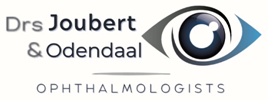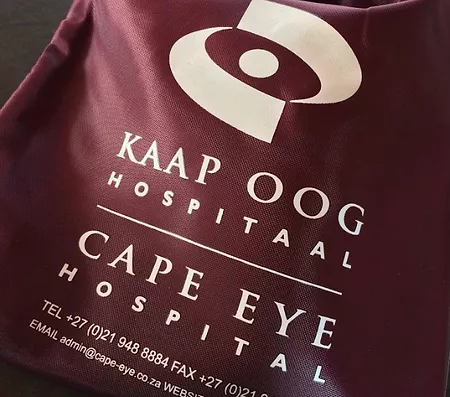WHAT TO EXPECT
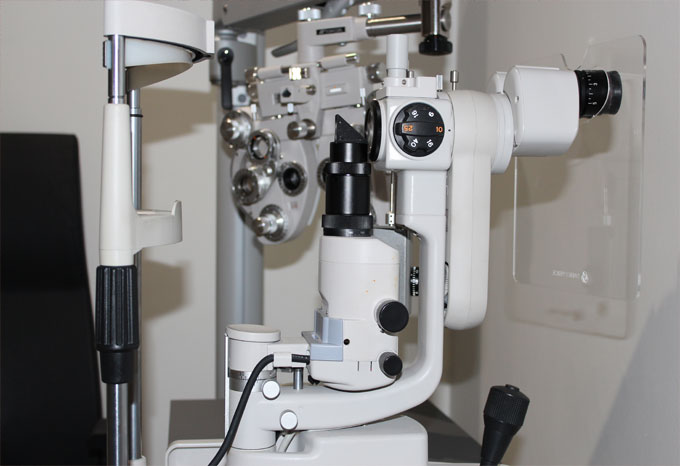
Consultation / Eye examination
You will be given an appointment time – this is the time that your should report at reception. Should this be your first visit, there will be some administrative tasks to be completed, in which case please arrive a little early to allow time for this. Following this, you may need to visit different evaluation stations for further testing – these may include vision testing, eye pressure testing, eye scans and other tests.
In order to allow for a proper retinal examination, eye drops may be placed in your eyes to dilate the pupils. Children often also require these drops in order to properly and fully assess their eyes. Pupil dilatation can take quite some time in certain eyes.
Your consultation with the ophthalmologist will follow some/all of these processes. It is therefore not uncommon to have a significant difference between your appointment time and your consultation time.
It is not advised to drive a motorcar after pupillary dilatation - if you do not have a driver, please inform the staff of this.
Paediatric eye examination
It is possible to examine the eyes and visual system of very young children. The age of the child does however determine the information that we can obtain when examining the child, and what further tests we can and should do.
First it is important to try determine the child’s vision in each eye, and to make sure there are no abnormalities like cataracts or inborn problems. Then the position/alignment and movement of the eyes is evaluated.
We very often have to use eye drops to dilate the pupils of both eyes in order to check their spectacle error, and to evaluate the back of the eye (retina and optic nerve). These drops do take about an hour to reach full effect, and therefore the paediatric eye examination can be quite lengthy. In small children we sometimes split the first visit into two sessions, therefore bringing them back on a later date, in an attempt to get better co-operation and information.
In some cases it may be necessary to perform an examination under anaesthesia (this is done at the Cape Eye Hospital).
The eye drops can cause some mild flushing and even sometimes a low-grade fever, especially in small babies. This is usually only for a short while, but if the child is ill, it may be better to postpone the drops for a week or two.
As a general rule, it is better to bring a child that you have concerns about too soon rather than to wait to see if the problem clears on its own. The child’s visual system is still developing; therefore a delay in treatment can cause some permanent damage in certain cases.
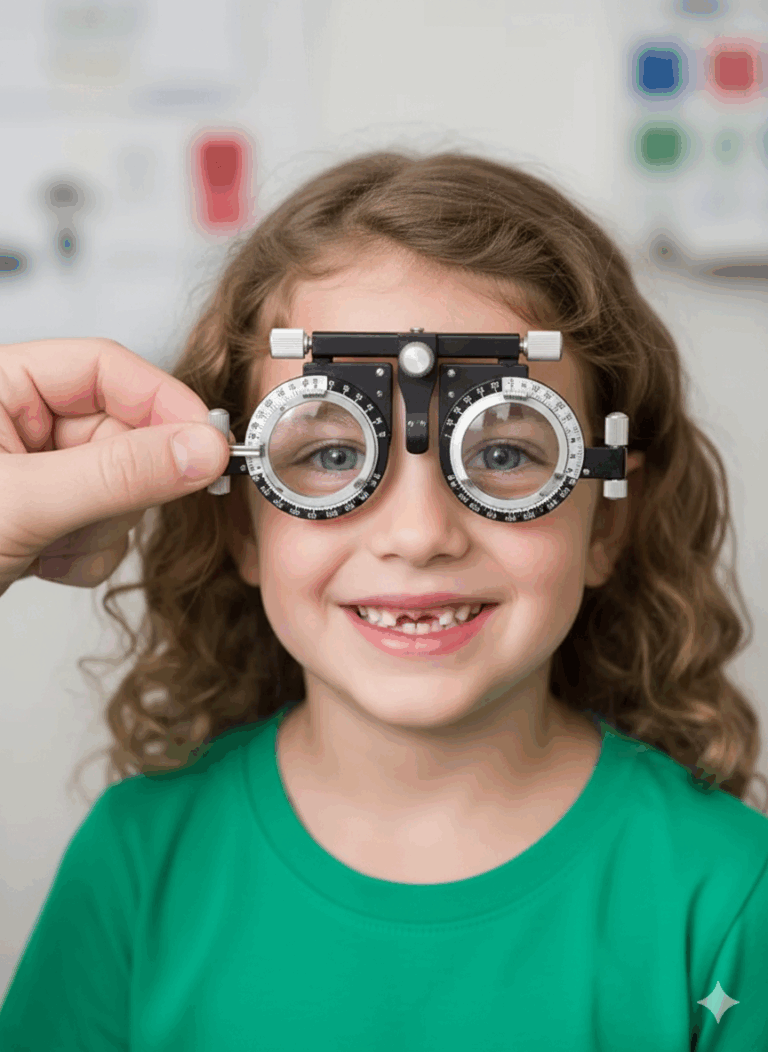
If surgery is needed
If it is found during the consultation that surgery will be the best management option for you/your condition, the ophthalmologist will explain exactly what surgery is needed, what your alternative options are, what the surgical procedure involves, and what risks are associated with the procedure. You will have ample opportunity to ask questions and discuss your concerns with the doctor. Please make sure that you leave the consultation adequately informed.
Certain medications may need to be discontinued prior to surgery. Please be sure to bring a list of all medications that you are using. It is important that you report any known allergies to the doctor or staff. Also mention if you are currently ill or have recently been ill, as surgery might need to be postponed in such an instance.
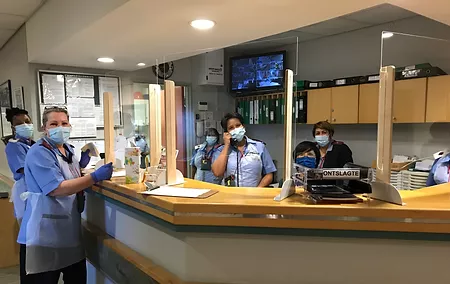
Your surgery day
The staff will give you very specific instructions to follow for your surgery day. These instructions will be easy to follow.
Most surgical procedures are performed as day procedures, meaning that you will be admitted and discharged on the same day. Your admission time will be prior to your scheduled surgery time, this is to allow for various administrive and nursing processes. An anaesthetist will evaluate your fitness to safely proceed with the surgery. Please understand that there may be unavoidable delays due to emergencies and other factors, causing you to spend a significant amount of time at the hospital.
Your anaesthetic
The form of anaesthesia chosen depends largely on the operation being performed, your general health and your personal preference.
Most procedures are done under local anaesthesia – which means using numbing eye drops on/in the eye or a numbing injection next to the eye, which is given after the anaesthetist has given you some medication to make you calm and sleepy for 5-10 minutes. Thereafter you will be taken into the theatre. A mild sedative may be given by the anaesthetist, and once you are relaxed and comfortable, the ophthalmologist will proceed with the surgery. While you will experience some sensations during the procedure, such as touch or pressure, the operation will be pain free.
Children and some individuals, especially those having longer procedures, may require a general anaesthetic. The attending anaesthetist will assist in making this decision. Anyone undergoing general anesthesia, needs to be fasted – therefore have had nothing to eat or drink for approximately 6 hours prior to the procedure.
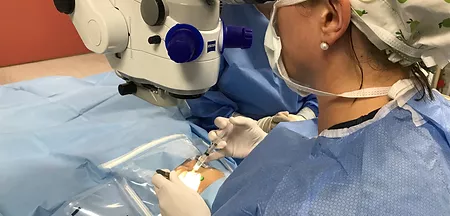
Your theatre team
You can expect there to be many people in the theater.
A normal team consists of the ophthalmic surgeon, the anesthetist, a scrub nurse (who assists the surgeon) and an anesthetic nurse (who assists the anesthetist). During the operation, the whole theater team is totally focused on delivering a safe and effective operation.
Your operation
While comfortably lying on your theatre bed, your eye will be cleaned and covered with sterile drapes. You will be able to breathe easily and normally. Only your eye will be exposed in order to allow for surgical access.
A speculum (wire clip) will be used to gently keep your eye open. The ophthalmic surgeon will then start the surgery. If you are at all uncomfortable during the course of the surgery, please mention this to your surgeon or any member of the team. The ophthamologist and the anaesthetist will immediately ensure your comfort and peace of mind.
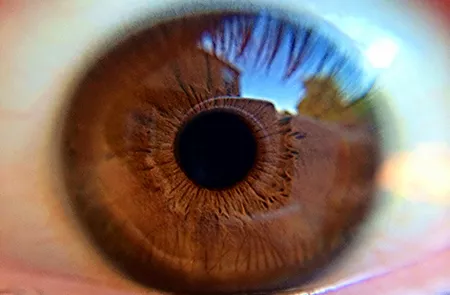
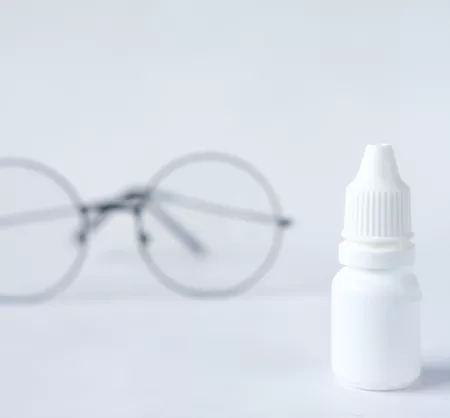
After your surgery
An eye patch will be placed on/over the operated eye at the end of the surgery. This will be removed the following day at home, or by the doctor at your follow-up examination.
You will receive a prescription for eye drops, which you will only start after the eye patch has been removed the following day (either by yourself or by the ophthalmologist).
After certain operations, there may be special instructions to follow – some patients may be advised to maintain a specific position/posture to optimise healing and surgical outcome. These instructions should be followed carefully and exactly.
Your eye may be slightly uncomfortable or scratchy after your surgery, but you shouldn’t experience much pain. If your eye is very painful after surgery, please call the emergency number in order to discuss this with the doctor on duty.
